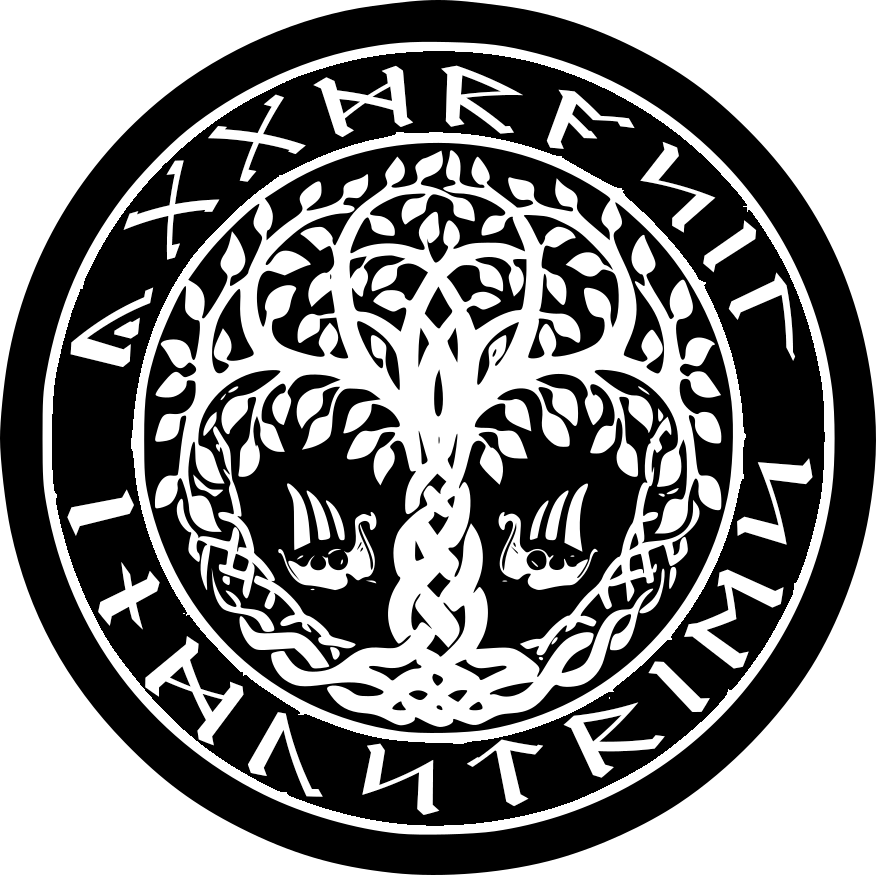Eir: The Norse Goddess Who Could Save Your Life (If She Felt Like It)
When most people think of Norse mythology, their minds leap to Thor’s thunder, Odin’s wisdom, or Loki’s mischief. But there’s another figure quietly working behind the scenes—someone less about swinging weapons and more about saving lives. Her name is Eir, and if you were wounded on the battlefield or struck down by sickness, she’s the one you’d pray to find at your side.
In a world where even the gods weren’t safe from death, Eir’s role as a healer was nothing short of essential.
Who Is Eir?
The name Eir (pronounced “AIR”) translates to mercy, help, or protection—pretty fitting for a goddess known for her healing skills. While she doesn’t star in as many tales as Loki or Freyja, her presence is felt throughout the myths in subtle but important ways.
The Prose Edda, written by Snorri Sturluson, lists her among the Ásynjur (the goddesses of Asgard) and describes her as one of the most skilled healers among the gods. But here’s where it gets tricky—like many Norse figures, her identity blurs depending on the source. Some accounts call her a goddess, others a Valkyrie, and still others suggest she’s both.
Healer, Valkyrie, or Both?
In certain sagas, Eir is listed among the Valkyries—those fierce warrior maidens who chose who lived and died in battle. At first, that might sound contradictory: why would a healer be part of a death squad? But remember, the Valkyries didn’t just escort the fallen to Valhalla—they also had the power to spare warriors’ lives if fate allowed.
In this way, Eir’s dual identity makes perfect sense. She could be on the battlefield not just to take warriors to the afterlife, but to pull them back from the brink when the gods willed it.
Eir’s Healing Powers
Unlike modern medicine, which relies on lab tests and pharmaceuticals, Eir’s toolkit was pure magic—runes, herbs, charms, and divine skill. Norse healing was as much about the spiritual as the physical, and Eir was said to have mastery over both.
Some sagas associate her with Lyfjaberg (“Hill of Healing”), a mythical place where those in need of aid could go to be cured. Imagine it as the Asgardian version of a hospital—minus the fluorescent lighting and endless paperwork.
Eir in the Myths
While Eir doesn’t have as many solo adventures recorded as other gods, she does appear in various lists and mentions that suggest her reputation was well-known:
As a Goddess – The Prose Edda lists her among the highest-ranking goddesses, specifically for her role in healing.
As a Valkyrie – The Skáldskaparmál includes her in a list of Valkyries, implying she could be called upon in battle.
As a Magical Practitioner – In some poetic references, she is invoked in charms for protection and recovery.
Eir may not have the flashy drama of Thor’s giant battles or Loki’s shape-shifting escapades, but if you were bleeding out in the snow, you’d pick her over both of them in a heartbeat.
The Importance of Eir
Eir’s role highlights something important in Norse culture: even in a warrior society, survival wasn’t just about strength—it was also about the skill to keep people alive. She represents mercy in a pantheon often focused on honor through death, and she’s a reminder that healing is its own kind of power.
In a sense, she’s the quiet counterbalance to the chaos of war—the one who stitches the tapestry back together after others have torn it apart.
Eir’s Legacy Today
While she’s not as famous as the thunder god or the trickster, Eir remains a symbol for healers of all kinds. In modern Norse-inspired spirituality, she’s invoked by herbalists, nurses, doctors, and anyone who works to mend the body or spirit.
Some even see her as a patron for mental health and emotional healing—not just battlefield wounds. After all, mercy and protection aren’t limited to swords and shields.
Final Thought:
In the grand saga of the Nine Realms, warriors may win glory, but healers like Eir are the ones who keep the story going. She may not crave the spotlight, but her quiet mercy has saved more lives than all the weapons of Asgard combined. If Loki is chaos and Thor is thunder, Eir is the calm, steady hand that reminds us not all heroes fight with steel—some fight with kindness, skill, and the will to heal.
